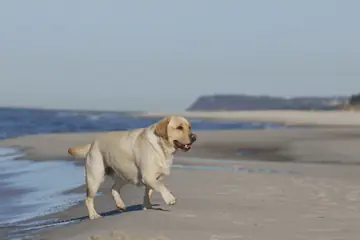
Do you know the difference between heat stroke and heat exhaustion in children?
Children's bodies do not adapt to hot weather as well as adult bodies. The difference between heat stroke and heat exhaustion in children is important for every parent to understand in order to prevent health problems for their child.
The school year has begun, and children are practicing various athletic activities such as football, baseball, band, color guard and cheerleading.
When practice is held outdoors, knowing the signs and symptoms of heat stroke and heat exhaustion are critical to your child's well-being.
What is the difference?
Heat exhaustion occurs when a person has not been properly hydrated. In children, ensuring proper hydration while they play or participate in athletics is vitally important.Children produce more body heat during physical activity that adults, but they sweat much less. This reduces their ability to get rid of body heat and can quickly lead to dehydration.
Heat stroke is the most sever form of heat illness and is a life-threatening medical emergency. When a child is suffering from heat stroke, their body loses the ability to regulate its own temperature. Your child's temperature can soar to 106 degrees or higher, leading to brain damage or death if it's not treated quickly. Prompt medical treatment is required.
What are the symptoms?
| Heat Exhaustion | Heat Stroke |
| Dehydration | Flushed, hot, dry skin with no sweating |
| Fatigue | Temperature of 105 or higher |
| Weakness | Severe, throbbing headache |
| Clammy skin | Weakness, dizziness or confusion |
| Headache | Seizure |
| Nausea/vomiting | Decreased responsiveness |
| Irritability | Loss on consciousness |
What do you do for a child suffering from these symptoms?
Heat Exhaustion:
- Get your child indoors or in the shade immediately
- Encourage your child to eat or drink
- Loosen your child's clothing
Heat Stroke:
- Get your child inside immediately
- Undress and sponge cool (not cold) water all over the body
- DO NOT GIVE FLUIDS (in heat stroke only)
- Call for emergency assistance
How can you prevent heat exhaustion and heat stroke?
- Have your child drink lots of fluids before beginning outdoor activities, even if they are not thirsty.
- Dress your child in loose-fitting, light colored clothing
- Limit your child's exposure level by allowing outdoor activities only before noon and after 6pm.
- Teach your child to stop playing and come inside whenever they feel overheated.
Coweta County Familly Entertainment Examiner Shannon Scott works as a Public Information Officer in the City of Atlanta. Her two children, ages 4 and 6 provide her with ample writing material in her free time. She writes about "real" parenting, without leaving any of the dirtier details out. She enjoys finding deals, steals and meals and sharing them with her fellow parents.
Examiner.com is the inside source for everything local. Powered by Examiners, the largest pool of knowledgeable and passionate contributors in the world, we provide unique and original content to enhance life in your local city wherever that may be.








Discuss This Article